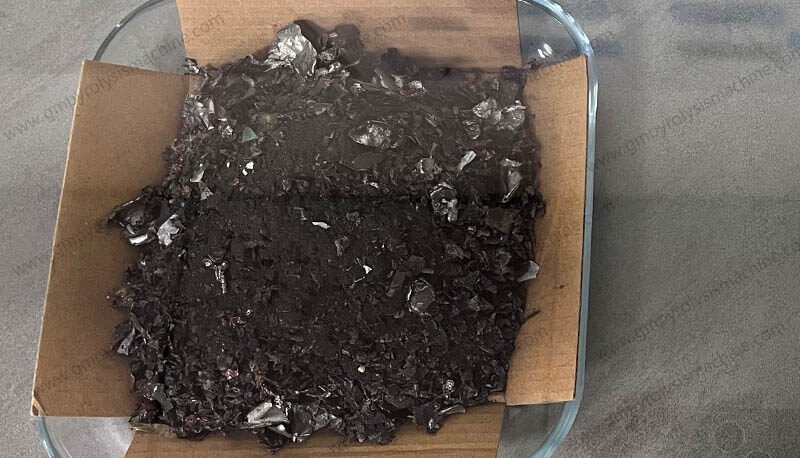The circuit board carbonization pyrolysis process is an effective method for handling spent circuit boards. Its core steps and key points are outlined below:
Steps of the Circuit Board Carbonization Pyrolysis Process
1. Pre-treatment:
Spent circuit boards first undergo a pre-treatment phase. This step includes removing contaminants and residual solder from the surface of the circuit boards, as well as crushing and sorting operations. Pre-treatment aims to provide cleaner and more uniform feedstock for subsequent pyrolysis, thereby enhancing processing efficiency.
2. Pyrolysis:
After pre-treatment, the spent circuit boards are fed into a pyrolysis furnace where they are subjected to high-temperature heating in an oxygen-free or low-oxygen environment. The pyrolysis temperature is typically controlled within a specific range (e.g., 300-600°C or 200-700°C, depending on equipment and process requirements). At high temperatures, organic materials within the circuit boards decompose, generating gases and solid residues.
3. Gas Treatment:
Gases produced during pyrolysis require treatment, which usually involves condensation, purification, and recovery processes. Organic gases can be condensed into liquids, with useful substances further recovered and utilized. Additionally, gas purification removes impurities and harmful substances, ensuring that emissions meet environmental standards.
4. Solid Residue Treatment:
The remaining solid residues from pyrolysis primarily consist of metallic and non-metallic materials. These residues can be separated and purified using physical and chemical methods to facilitate resource recovery and reuse. Metallic components can undergo further sieving and sorting to obtain high-purity metal products.
5. Process Advantages:
The circuit board carbonization pyrolysis process offers significant environmental and resource recovery benefits. It effectively manages organic materials within spent circuit boards, reducing environmental pollution. Furthermore, through resource recovery, it transforms waste into valuable resources. Additional advantages include a short processing flow, low cost, and compact equipment footprint.
In summary, the circuit board carbonization pyrolysis process is an efficient and environmentally friendly method for handling spent circuit boards, with broad application prospects.




